

Ajmer gets its name from ‘Ajay Meru’. Roughly translated, it means ‘invincible hills’. Nestled in the Aravallis south west of Jaipur, Ajmer was founded by Raja Ajaypal Chauhan in the 7th century AD. Till the late 12th century AD, Ajmer was the epicentre of the Chauhan dynasty. After Prithviraj Chauhan’s loss to Mohammed Ghori in 1193 AD, Ajmer became home to several dynasties. The Mughals in particular, fancied it as their favourite destination due to the presence of the holy Ajmer Sharif Dargah.
One of the early meetings between the Mughal King Jahangir and the Ambassador of the Court of Queen Elizabeth, Sir Thomas Roe, took place here in 1616. A few centuries later, the city was handed over to the British, making Ajmer the only region in Rajputana to be directly controlled by the East India Company. Ajmer is now regarded as an educational and cultural centre.
Ajmer Sharif Dargah
This is a Sufi shrine which encloses the ‘maqbara’ (grave) of Garib Nawaz, the Sufi saint Khwaja Moinuddin Chisti. Built in the 13th century, the shrine is popular among people of all faiths who flock here to have their prayers answered. The shrine has three gates – the main gate or the Nizam gate, the Shah Jahan gate erected by the Mughal Emperor and the Buland Darwaza. Another big draw at this holy shrine is the sacred and scrumptious food that is served to devotees. Cooked in giant cauldrons known as ‘degs’, devotees gather in throngs to be blessed by this prasad.
Adhai Din Ka Jhonpra
The Adhai Din Ka Jhonpda was originally built to function as a Sanskrit college but was later converted into a mosque by Sultan Ghori in 1198 AD. An impressive blend of Indo-Islamic architecture, the structure was further beautified by Sultan Iltutmish in 1213 AD. Legend has it that the mosque is known as Adhai din ka Jhonpda (literally meaning, The Hut of Two and a Half Days) because of a two and half day fair held here during Urs in the 18th century.
Mayo College
Mayo College is one of India’s oldest independent boarding schools. Founded in 1875, and named after Richard Bourke, the 6th Earl of Mayo, Mayo College was set up to provide the scions of India’s princely states with an education similar to that provided by the Eton College in Britain. John Lockwood Kipling, father of Nobel Laureate, Rudyard Kipling, as principal of Mayo College, furnished the design of the Coat of Arms which shows a Rajput and a Bhil warrior. The college building is one of the finest extant examples of Indo-Saracenic style of architecture.
Anasagar Lake
Anasagar Lake is a scenic artificial lake, commissioned and built by Arnoraj Chauhan, son of Ajaypal Chauhan, between 1135 and 1150 AD. Arnoraj was also known as Anaji, which gives the lake its name. Many years later, Mughal Emperor Jahangir added his touch to the lake by laying out the Daulat Bagh Gardens near the lake. Emperor Shah Jahan too, contributed to the expansion by building five pavilions, known as the Baradari, between the garden and the lake.
Soniji ki Nasiyan
Soniji ki Nasiyan, also known as the Ajmer Jain Temple, is a wonderful example of ornate architecture, and is dedicated to Risabh or Adinath. Its entrance is made of red stone and the marble staircase inside is engraved with images of the holy Tirthankars – omniscient teachers of Jain faith who taught righteousness. Constructed in the late 19th century, this temple is counted among the richest temples in India. Its main chamber, Swarna Nagari (City of Gold), is aptly named so because of the several gold-plated wooden figures it houses within its walls. This famous architectural marvel finds a mention in Kurt Titze's book, ‘Jainism: A Pictorial Guide to the Religion of Non-Violence.’
Gateway of Taragarh Fort
Gateway of Taragarh Fort is the imposing main gate of Taragarh fort which is built on a crest of a hill. The main gateway of the Taragarh, which consists of two colossal bastions on both sides with strong guard rooms, has sculptures of elephants adorning it. The main highlights of this once magnificent fort are its water reservoirs and the Bhim Burj, on which the canon called Garbh Gunjam (Thunder from the Womb) was mounted. There is also the magnificent Rani Mahal with its stained windows and murals, which used to house the wives of the rulers. All this makes the Taragarh Fort a nonpareil example of Rajaputana architecture that’s also a major attraction for tourists visiting Ajmer. Fort is also known for Dargah of Hazrat Miran Sayyed Husain Khangswar(Miran Sahib) .
Government Museum
The Ajmer Government Museum serves as one of the prime tourist destinations in Ajmer. The museum is housed within the magnificent fortified palace of the legendary Mughal Emperor Akbar, which was built in 1570. The museum is also known as Bharatpur Museum and is home to a rich collection of archaeological artefacts. Along with stone sculptures, inscriptions and armours, it features the finest paintings of the previous Maharajas of Bharatpur.
Kishangarh Fort
Kishangarh Fort is a beautiful fort located in Kishangarh, Rajasthan. On visiting the fort, one will see jails, granaries, armouries and other significant buildings present inside of it. The Durbar Hall is its biggest structure, and was the place where the kings carried out their official meetings on a daily basis. And when it comes to the most attractive place inside the fort, it has got to be Phool Mahal which showcases the splendour of the kings from the Rathore clan in a glorious manner, with gorgeous murals and frescos adorning its walls. Alongside the fort, a few lakes like Gundu lav talab & Hamir Sagar are located which serve as a great picnic spot. If you want to revisit history, Kishangarh Fort is a place you ought to visit when in Rajasthan. Near by Kishangarh one can also see Nimbark Peeth & Chor Baori -Salemabad(20Km.), Roopangarh(25Km.), Ruins of Karkeri fort and Cenotaphs of Shri Jawan Singh-Karkeri (30Km. via Salemabad), Group of old Makbaras-Tukda(7 Km.), Tilonia (20 Km.) ,Pitambar Ki Gaal-Silora (7 Km.) & Ruins of old Palace or Sarai- Chatari .
Prithvi Raj Smarak
Prithvi Raj Smarak is a memorial made in the honour of the brave Rajput chief, Prithvi Raj Chauhan III. Regarded as the epitome of devotion and courage, he was the last ruler of the Chauhan lineage and was enthroned to rule over the twin capitals of the Ajmer and Delhi, in 12 th century. The memorial exhibits the statue of Prithvi Raj III seated on his horse, made in black stone. The horse has one of its front hooves up in the air, as if charging forward. The memorial stands atop a hill, surrounded by the Aravalli range, giving visitors a panoramic view of the city of Ajmer. The memorial also has a garden adjacent to it, wherein tourists can sit and relax.

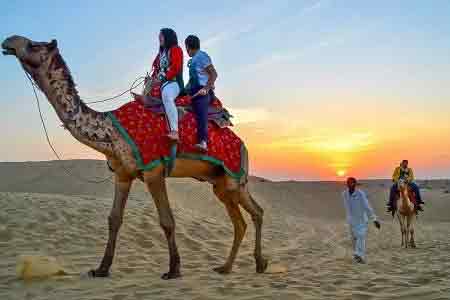
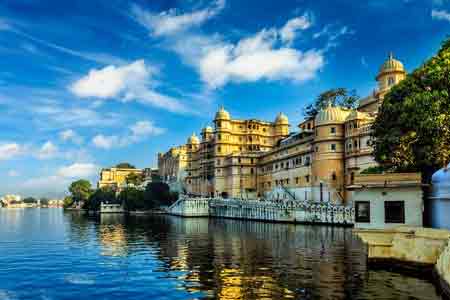
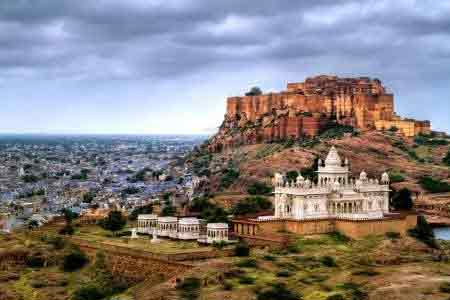
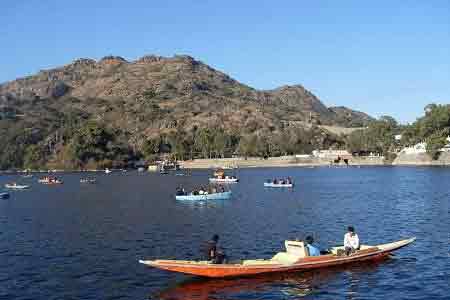
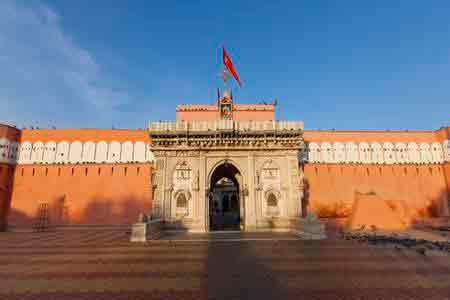
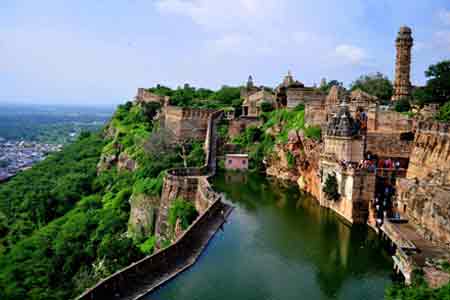

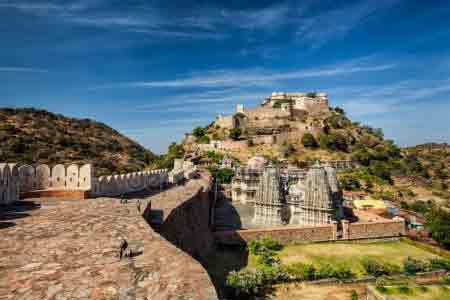
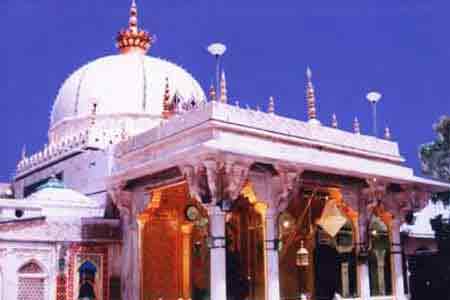
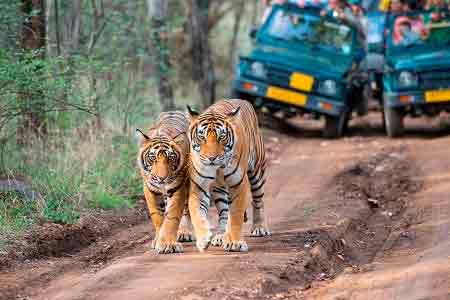
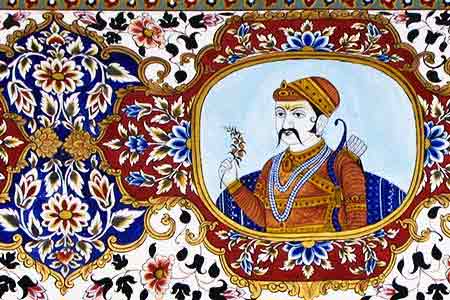
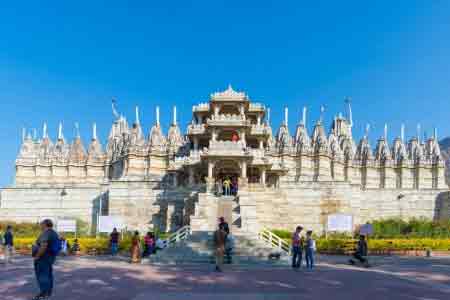
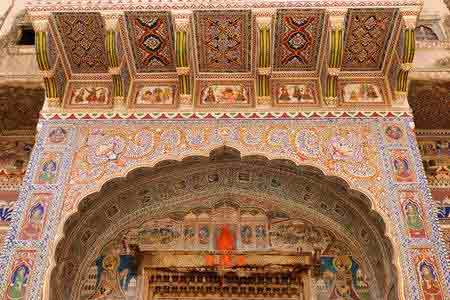
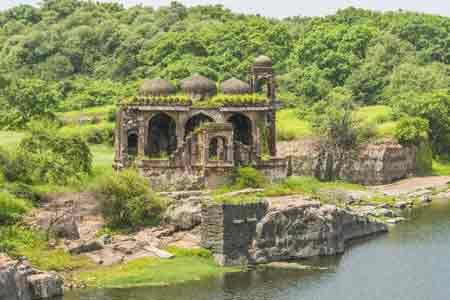
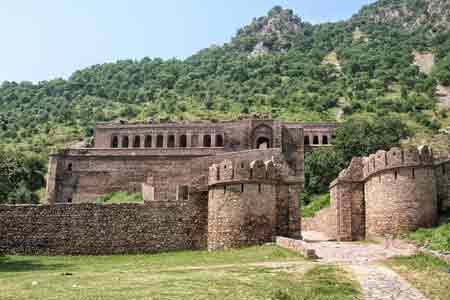
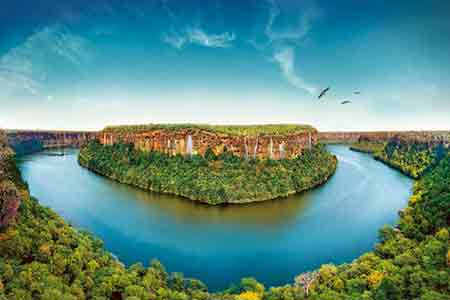
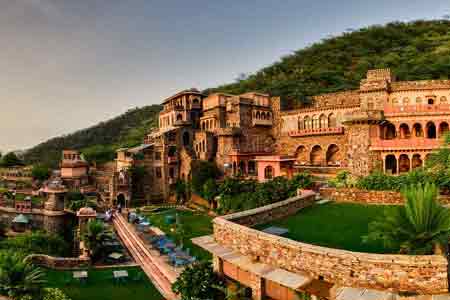
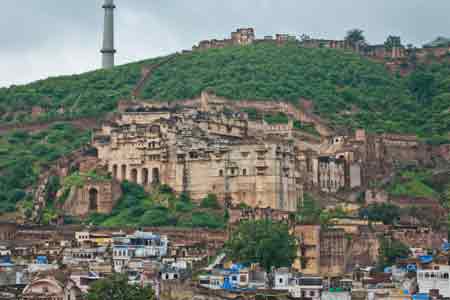
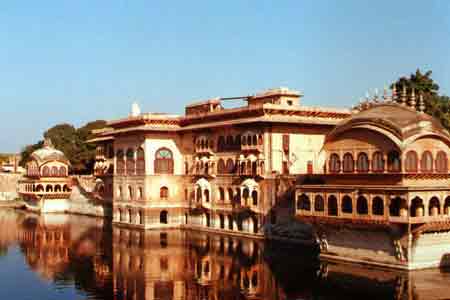
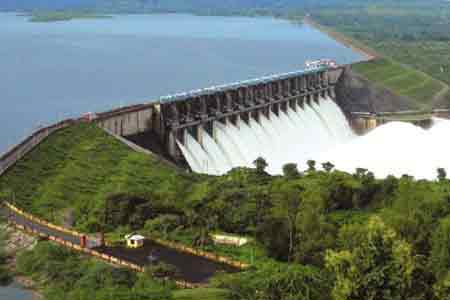
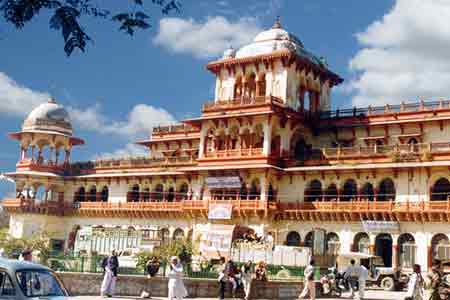
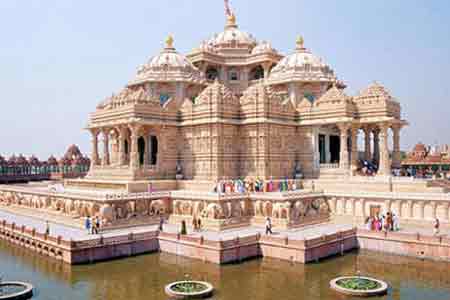
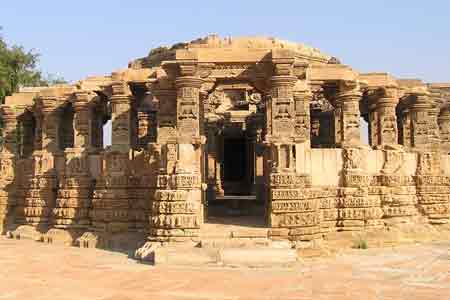
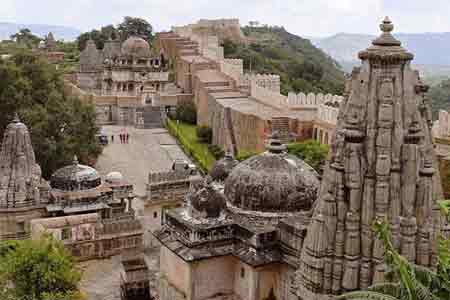
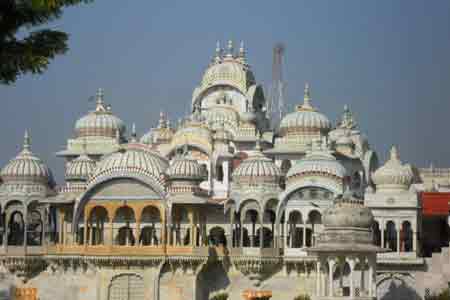
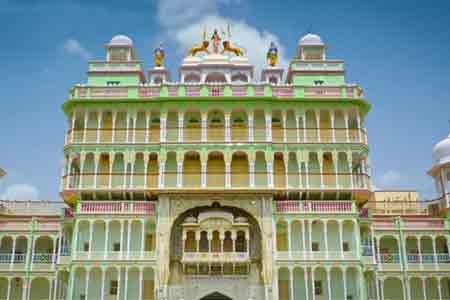
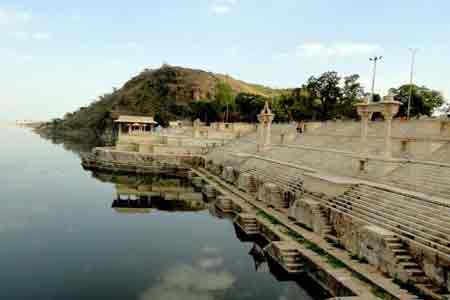
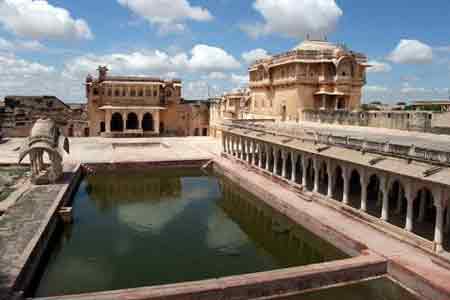
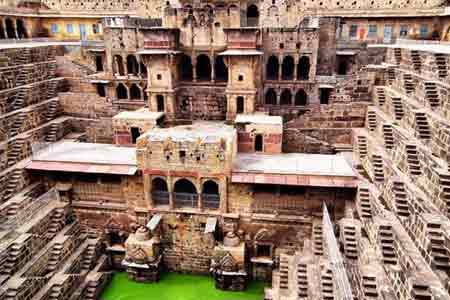
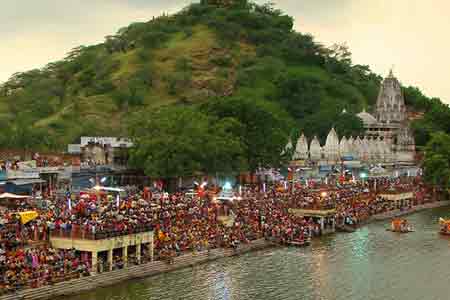
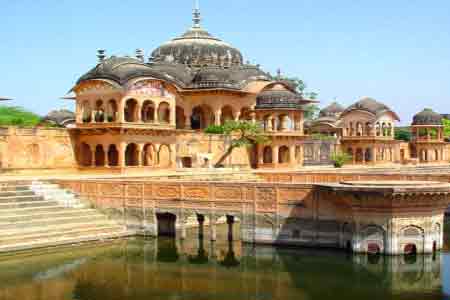
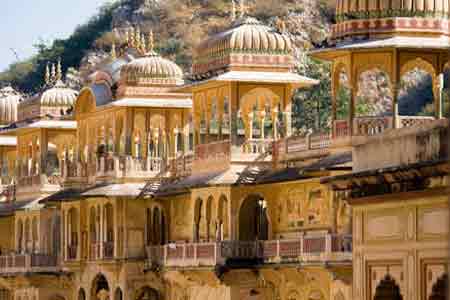
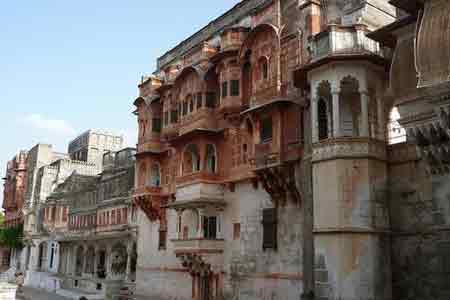
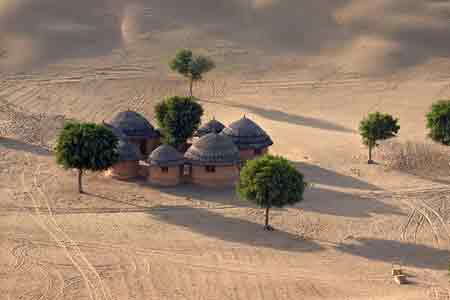
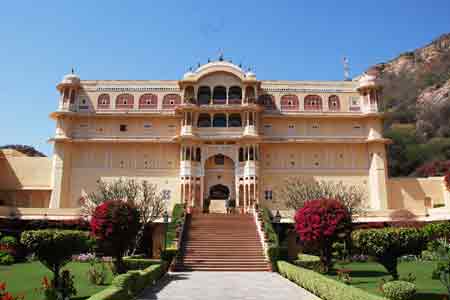
Rajasthan Tour Packages are arguably the most sought after holiday packages in India. The very name Rajasthan conjures up the image of hill top fortresses, maharajas with scimitars riding the painted elephants, the exquisitely carved havelis. Our Rajasthan tour packages the camel safari in the sam sand dunes of Thar in Jaisalmer and Bikaner to the abundant wildlife of Ranthambore and Bharatpur, Explore the World Heritage Hill Forts of Rajasthan, marvel at the frescoes and havelis, have a wild run at Ranthambore or shop till you drop at the vibrant bazaars in Jaipur, Jodhpur and Udaipur and not to mention the planets biggest cattle fair in Pushkar.